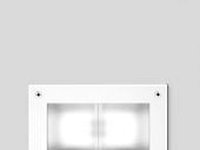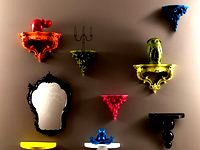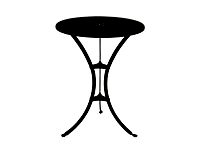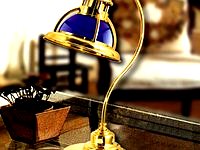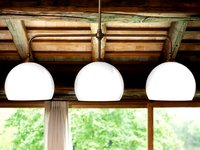SAM: Kim, do you have time to talk about Fronda? Conversation
is part of our working process, so let’s discuss how we got here.
KIM: Sure. It’s a bit hazy, only because I seem to remember you
putting a few threads of thought together and then challenging
me on them. Something to do with the economics of comfort?
SAM: Yes, that’s it. I had this idea that if the majority of comfort
is about the seat, if we could produce this part to feel good in
metal with the rest in wood, it could make for a more economical
proposition for Mattiazzi without sacrificing the experience of
quality. Metal and wood just attracted me. Already Mattiazzi is
using these materials in combination – but metal is normally
relegated to structure, supporting the chair. I wanted to flip this.
Then followed experiments with form and construction. After
a while you added another layer – use – thinking about Fronda
beyond just a stool.
KIM: Absolutely. Fronda has a unique character in its appearan-
ce, but it’s actually informed by how it can be used. Not just
how we sit, but why we sit has changed. It’s a very practical
piece for how we might work or eat at a long table, when we also
need a place to put something we carry. The structural shelf can
be used to hold books or a laptop. You see this kind of typology
of stool and storage in education, but Fronda has merit beyond
that application – to hospitality or as a combined bedside table
and seat.
SAM: And then came the chair version.
KIM: Yes – I remember that this version divided us quite drama-
tically. I thought the chair started to be too self-conscious. And
I wasn’t clear what we were saying structurally.
SAM: But now it’s grown on you?



